
AeroGenie: Su copiloto inteligente.
Tendencias
Categories
Emirates Group Reports Record Half-Year Profit

Emirates Group Reports Record Half-Year Profit Amid Strong Market Demand
The Emirates Group has announced a record pre-tax profit of AED 12.2 billion (US$ 3.3 billion) for the first half of the 2025–26 financial year, marking its fourth consecutive year of record profitability for this period. After accounting for income tax, the Group’s profit stood at AED 10.6 billion (US$ 2.9 billion), representing a 13% increase compared to the same period last year. These figures underscore Emirates’ robust financial health and sustained growth trajectory.
Operational Performance and Financial Strength
Emirates maintained strong operational performance, reporting earnings before interest, taxes, depreciation, and amortization (EBITDA) of AED 21.1 billion (US$ 5.7 billion), a 3% increase from AED 20.4 billion (US$ 5.6 billion) recorded in the previous year. This growth was driven by resilient passenger demand coupled with disciplined cost management. Group revenue rose 4% year-on-year to AED 75.4 billion (US$ 20.6 billion), supported by continued travel demand, expanded network capacity, and steady cargo operations.
By the end of September 2025, Emirates Group’s cash balance reached a record AED 56.0 billion (US$ 15.2 billion), up from AED 53.4 billion (US$ 14.6 billion) at the close of March 2025. This strong liquidity position has enabled the Group to self-finance major projects, including new aircraft acquisitions and debt repayments. Additionally, Emirates completed payment of the remaining AED 2 billion (US$ 545 million) of its total AED 6 billion (US$ 1.6 billion) dividend declared for the 2024–25 financial year.
Industry Context and Challenges
Emirates’ strong performance aligns with a broader industry trend of robust demand for premium travel. Leading international carriers such as Delta Air Lines and American Airlines have also reported record revenues and raised profit forecasts, reflecting a global appetite for premium services. These airlines, like Emirates, are focusing on strategies to sustain premium demand and optimize pricing amid evolving market dynamics.
Nevertheless, the airline sector faces potential challenges from fluctuating oil prices, which could affect profitability across the industry, including major players such as Saudi Aramco. The performance of low-cost carriers like Ryanair remains a significant factor, illustrating the diverse strategies employed within the sector to navigate changing market conditions.
Emirates Group’s record results highlight its resilience and strategic focus. With sustained profitability, rising revenues, and a solid cash position, the Group is well positioned to address industry challenges and pursue continued growth in the coming months.

Huntington Beach Considers Vertical Taxi Pilot Program
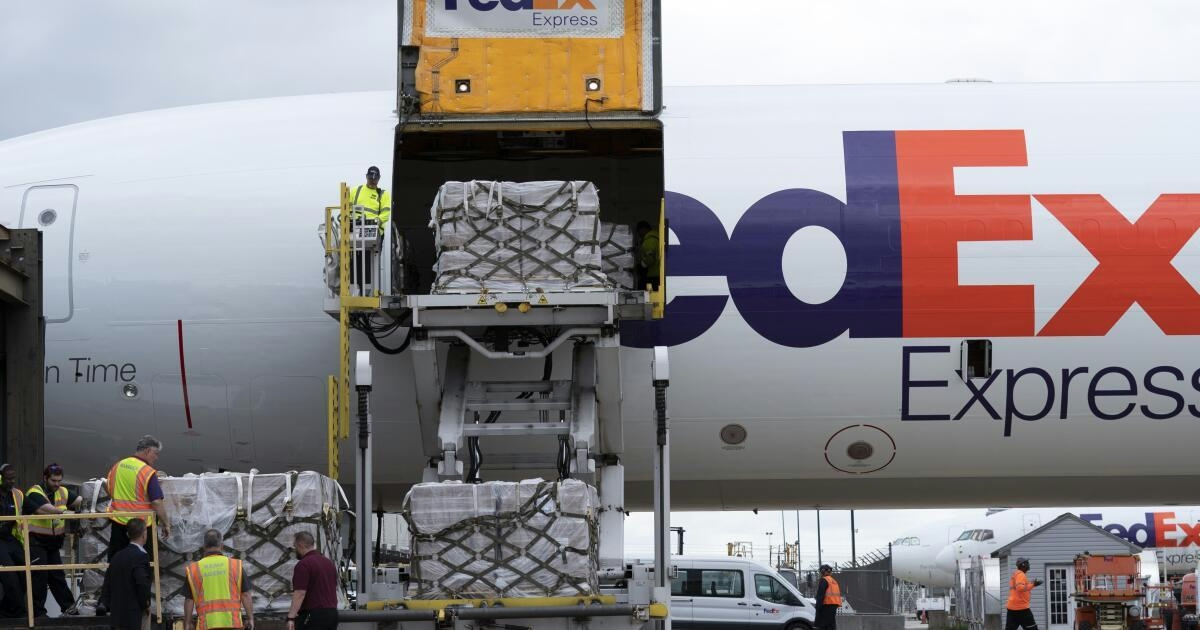
Flight Reductions Threaten Timely Delivery of Critical Goods to LAX and Other Airports
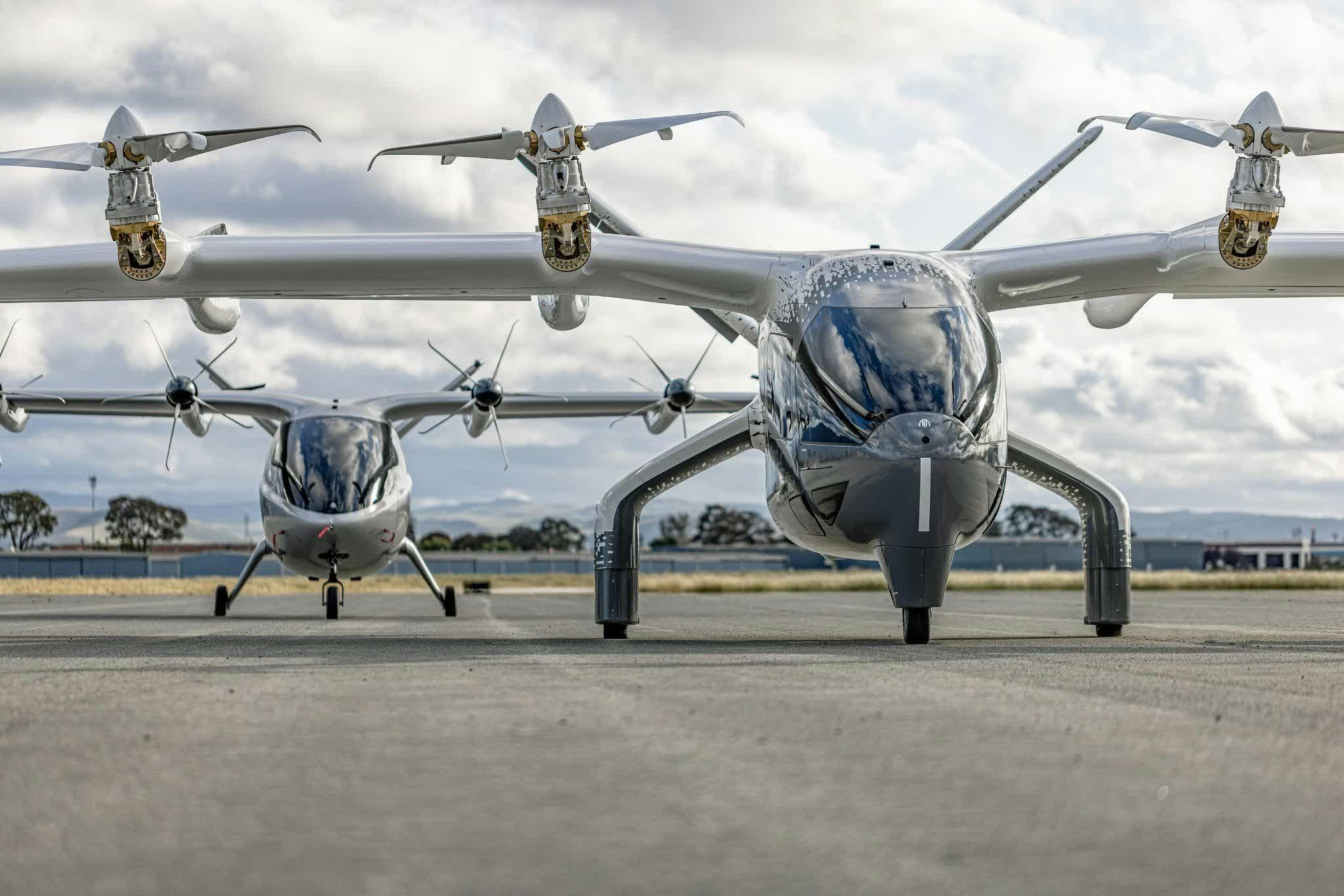
Archer Aviation Shares Decline Amid Market Volatility
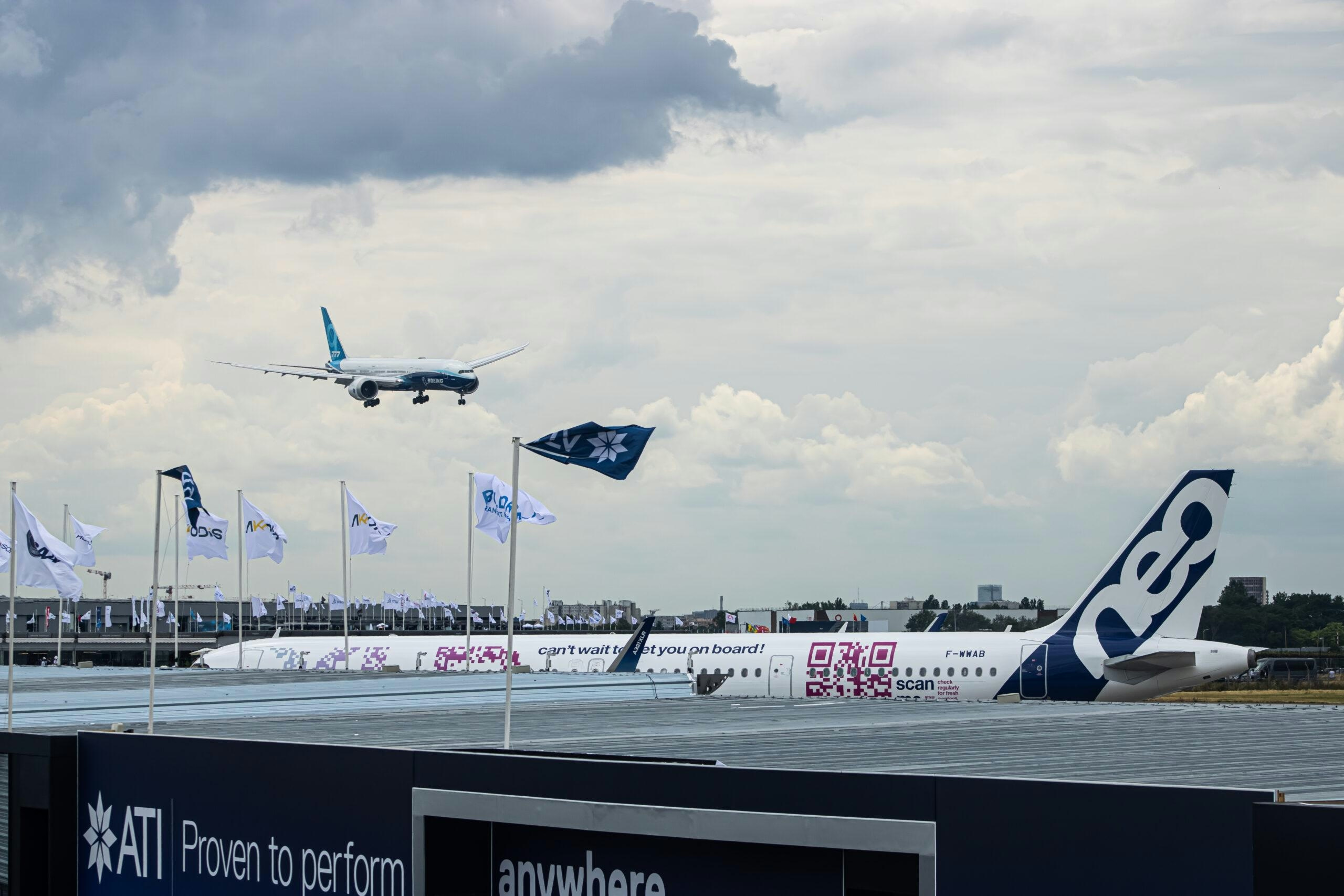
Airbus Secures Largest Aircraft Order of the Year
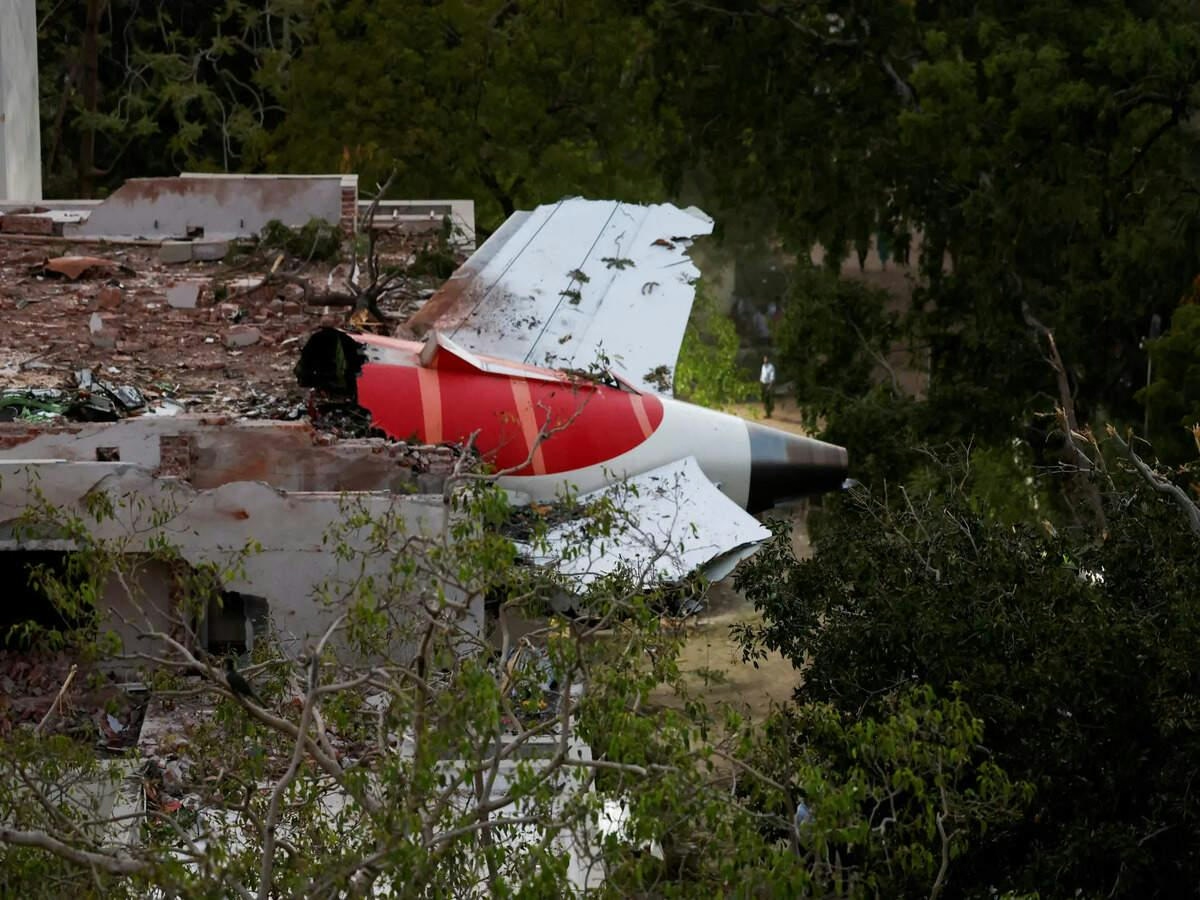
Debate Continues Over Responsibility for Air India Crash

Beta Electric Aircraft May Join Signature’s Florida FBO Network

Rolls-Royce Unveils 1,000-HP Merlin-Powered Car Honoring Aviation Legacy
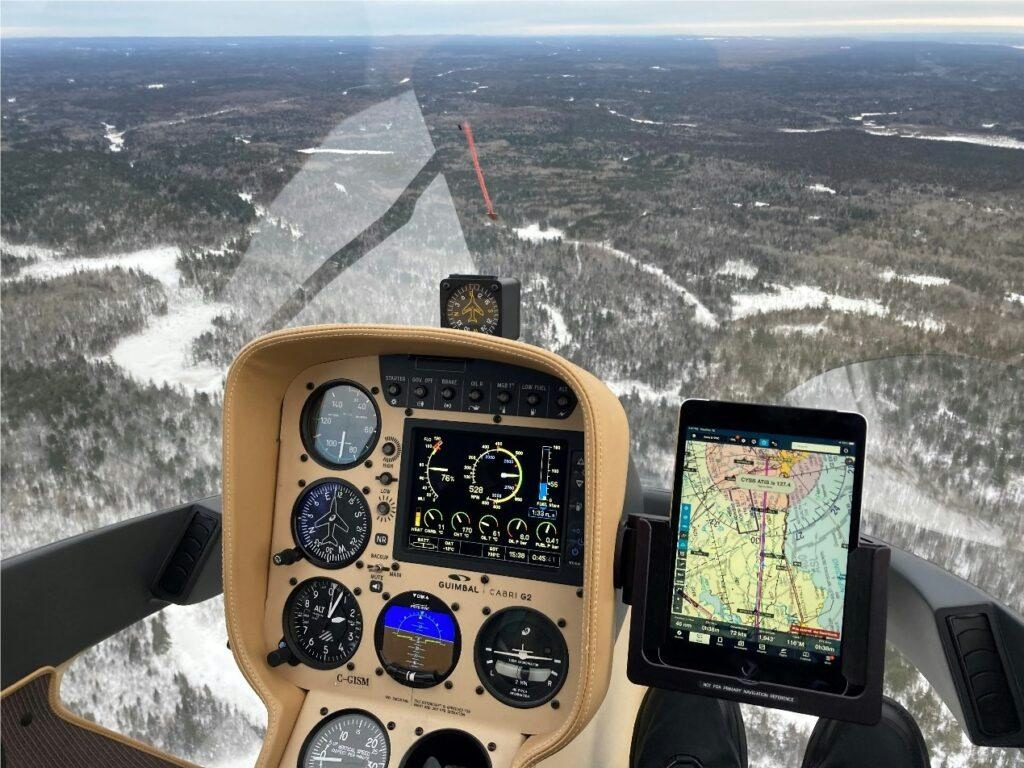
Canadore College Opens Simulation Wing at Aviation Campus
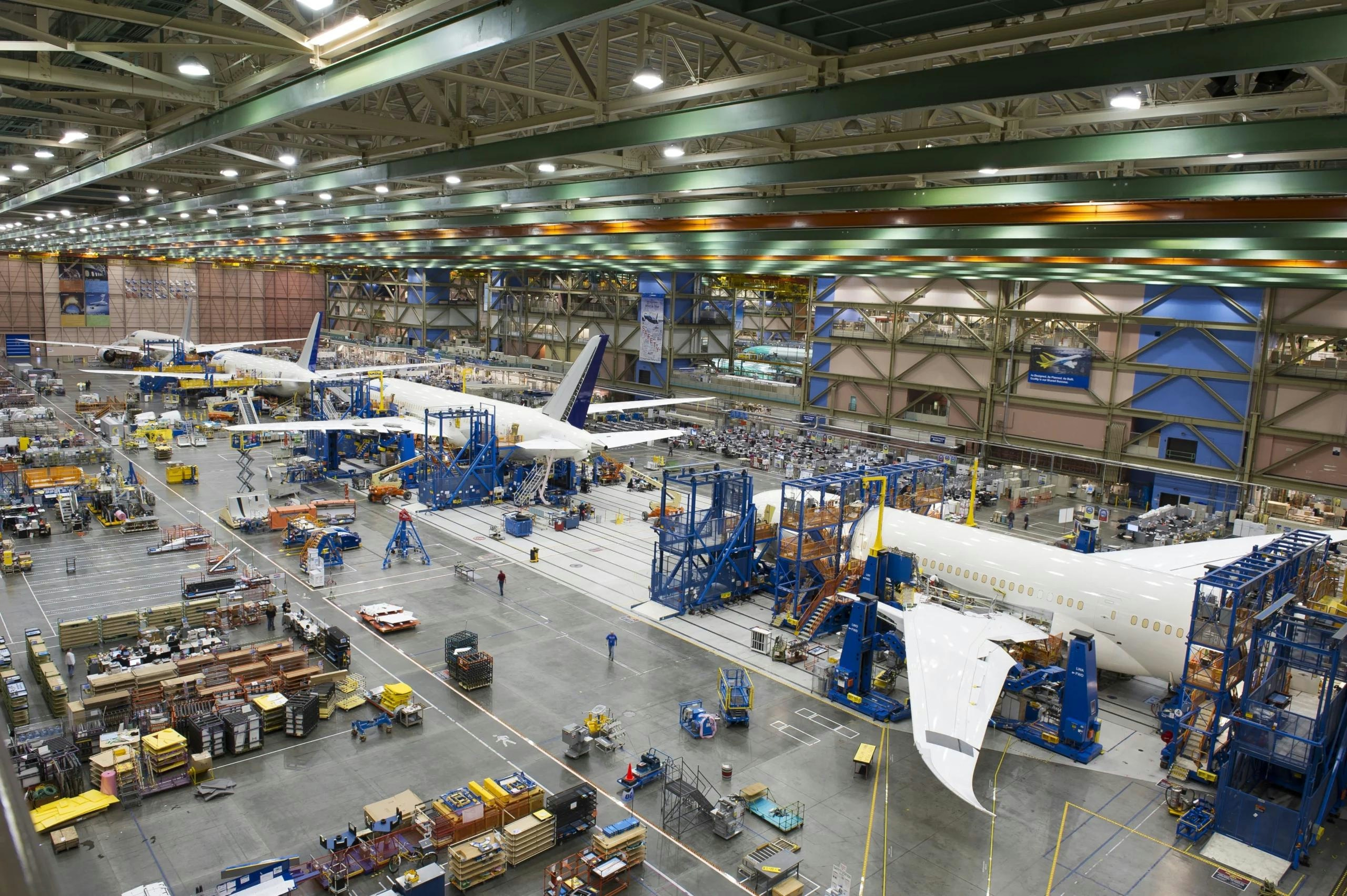
Boeing Ramps Up 787 Production in South Carolina with $1 Billion Expansion
